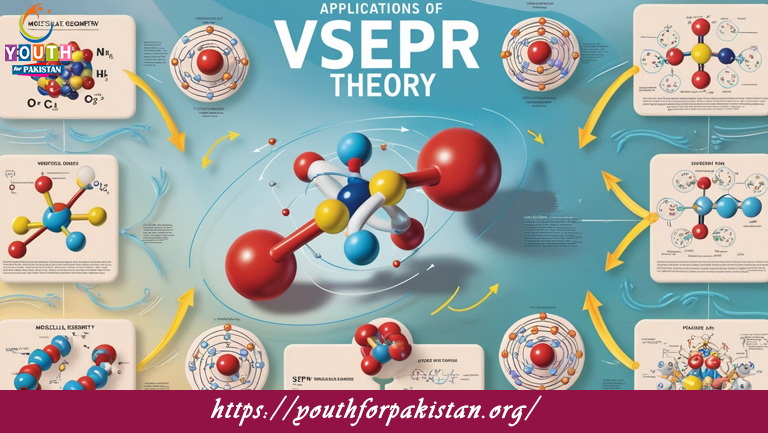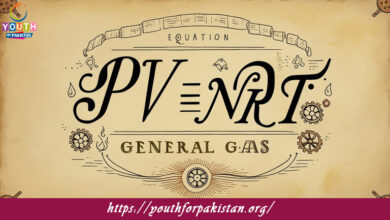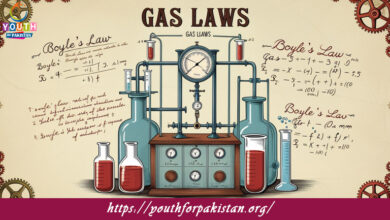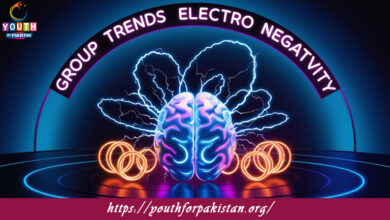Applications Of VSEPR Theory MDCAT Quiz with Answers

Applications Of VSEPR Theory MDCAT Quiz: geometry, bond angles, and general shape of the molecules. A good understanding of the practical uses of VSEPR Theory really gives insight into how molecules will behave in all sorts of different chemical reactions or real-life scenarios. This theory finds wide applications in chemistry in the study of organic molecules, molecular structures, and even chemical bonding.
H2: Applications of VSEPR Theory in Predicting Molecular Geometry
VSEPR Theory is an approach most commonly used for determining the three-dimensional shapes of molecules, based on the number of electron pairs (both bonding and lone pairs) about the central atom. By applying the basic postulates of VSEPR Theory, students are able to predict the geometry of molecules, which is very important in their reactivity, physical properties, and interaction with other molecules. The application of VSEPR Theory enables chemists and students to predict, with great accuracy, shapes, bond angles, and other properties of great importance in governing a molecule’s behavior. In the MDCAT Quiz, students might be asked to predict the shape of a molecule, such as methane (CH₄) or water (H₂O), using VSEPR theory.
H3: Quiz on Applications of VSEPR Theory
The MDCAT Quiz on VSEPR Theory applications will test students’ ability to apply the theory to predict molecular shapes and bond angles in various molecules. Students may be asked to analyze molecules such as ammonia (NH₃), methane (CH₄), and sulfur hexafluoride (SF₆) and use VSEPR Theory to determine their geometry. The quiz may also involve predicting the polarity of molecules based on their geometry and electron pair distribution. By practicing these quiz questions, students can better understand how VSEPR Theory influences the chemical properties of molecules and prepare for the MDCAT exam.
H2: Applications in the Prediction of Bond Angles and Molecular Shapes
VSEPR Theory is broadly used in predicting bond angles of molecules depending on the number of bonding pairs and lone pairs that surround the central atom. These predicted bond angles give insight into the geometry of the molecule, which explains why a specific shape is adopted by a molecule. The theory may also be applied to a variety of molecular shapes, such as
Linear Geometry: When there are two bonding pairs around the central atom, as in carbon dioxide (CO₂), the molecule takes on a linear geometry with a bond angle of 180°.
Trigonal Planar Geometry: When there are three bonding pairs about the central atom, as in the case of boron trifluoride (BF₃), then the shape of the molecule is trigonal planar with bond angles 120°.
Summary of Tetrahedral Geometry: In the case of four bonding pairs around the central atom, for example, methane (CH₄), a tetrahedral geometry with 109.5° bond angles results.
Bent Geometry: When there are two bonding pairs and one or more lone pairs around the central atom, as in water (H₂O), the shape of the molecule is bent, with bond angles less than 120° or 109.5°.
H3: Free Flashcard for Applications of VSEPR Theory
To help reinforce their understanding of the applications of VSEPR Theory, MDCAT students can use the Free Flashcard for this topic. The flashcards summarize how VSEPR Theory is applied in predicting molecular geometry, bond angles, and other important molecular properties. If students go through the flashcards regularly, they will improve in predicting molecular shapes and understanding the implications of these shapes in chemical reactions. This is, therefore, a very good tool for quick revision to ensure that students are well-prepared for questions related to VSEPR Theory in the MDCAT exam.

How does VSEPR theory apply to the prediction of bond angles in molecules?
It predicts the angles based on electron pair repulsion

What is the main use of VSEPR theory in predicting molecular structure?
To minimize electron pair repulsion

What type of molecular geometry does VSEPR theory predict for a molecule with three bonding pairs and no lone pairs?
Trigonal planar

How does VSEPR theory explain the bent shape of the water molecule?
By minimizing repulsion between lone pairs

In the case of ammonia (NH₃), VSEPR theory predicts what kind of molecular geometry?
Trigonal pyramidal

What does VSEPR theory predict about the shape of a molecule with four bonding pairs of electrons and no lone pairs?
Tetrahedral

How does VSEPR theory help in predicting the structure of molecules like CO₃²⁻ (carbonate)?
It predicts a trigonal planar structure

How does VSEPR theory help explain the geometry of a molecule like SO₂ (sulfur dioxide)?
It predicts a bent molecular geometry

What does VSEPR theory predict about a molecule with five bonding pairs of electrons and no lone pairs?
Trigonal bipyramidal

How does VSEPR theory explain the molecular shape of the methane molecule?
It predicts a tetrahedral structure

What molecular shape does VSEPR theory predict for a molecule like NCl₃ (nitrogen trichloride)?
Trigonal pyramidal

How does VSEPR theory apply to the prediction of the shape of molecules with multiple bonds?
It treats multiple bonds as a single region of electron density

According to VSEPR theory, what happens to the geometry of a molecule when there are two lone pairs on the central atom?
The geometry becomes bent

How does VSEPR theory help explain the structure of molecules in terms of electron density regions?
It accounts for both bonding and lone pairs

What does VSEPR theory predict for the molecular shape of a molecule with six bonding pairs of electrons?
Octahedral

How does VSEPR theory explain the bond angle in a tetrahedral molecule like CH₄?
It predicts a bond angle of 109.5°

How does VSEPR theory predict the shape of a molecule with three bonding pairs and one lone pair?
Trigonal pyramidal

What shape does VSEPR theory predict for a molecule with four bonding pairs and one lone pair?
Trigonal pyramidal

How does VSEPR theory predict the geometry of a molecule like PCl₃ (phosphorus trichloride)?
Trigonal pyramidal

According to VSEPR theory, what happens to the geometry of a molecule when there are three lone pairs?
The geometry becomes linear

What molecular geometry does VSEPR theory predict for a molecule with two bonding regions and one lone pair?
Bent

How does VSEPR theory explain the structure of a molecule like C₂H₄ (ethene)?
It predicts a planar structure with double bonds

What does VSEPR theory predict about the molecular geometry of a molecule with four bonding pairs and two lone pairs?
Square planar
Experience the real exam environment with our expertly designed collection of over 25,000 MCQs MDCAT Mock Tests.





